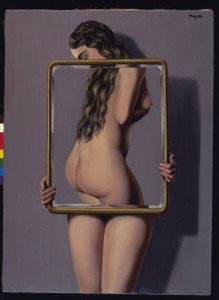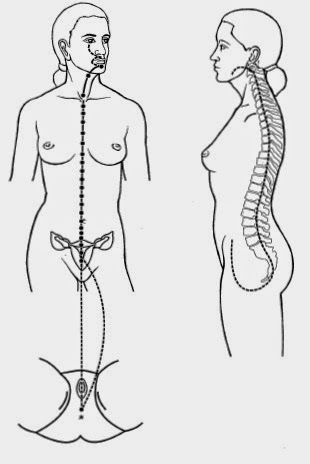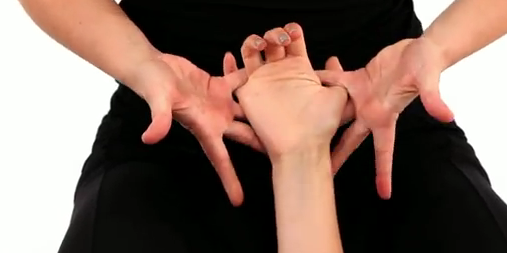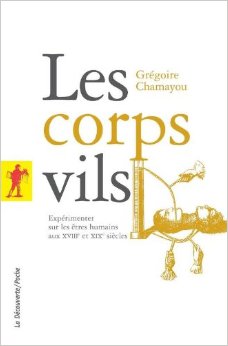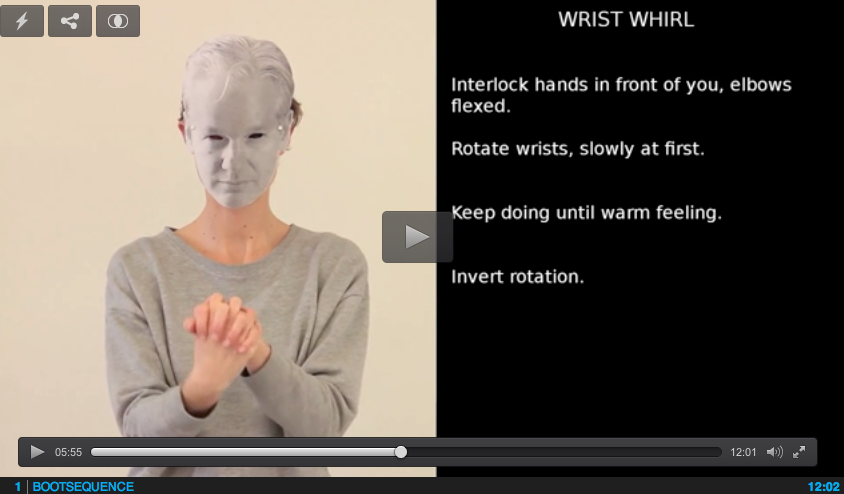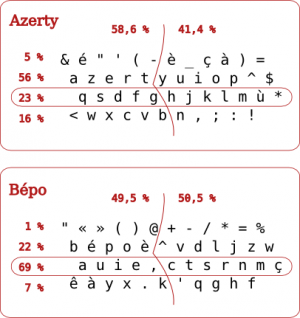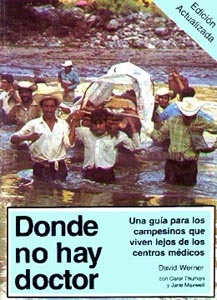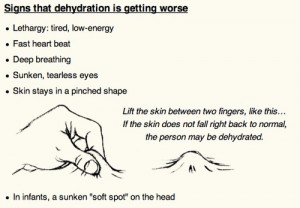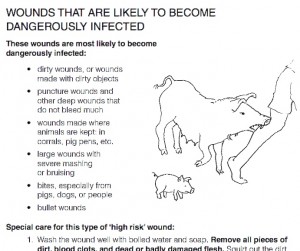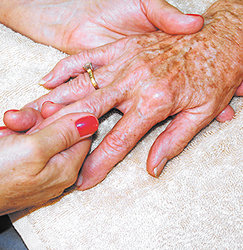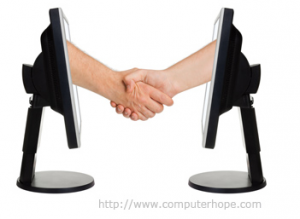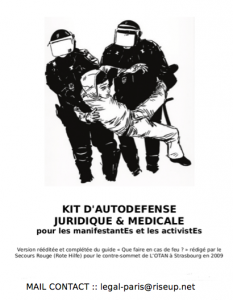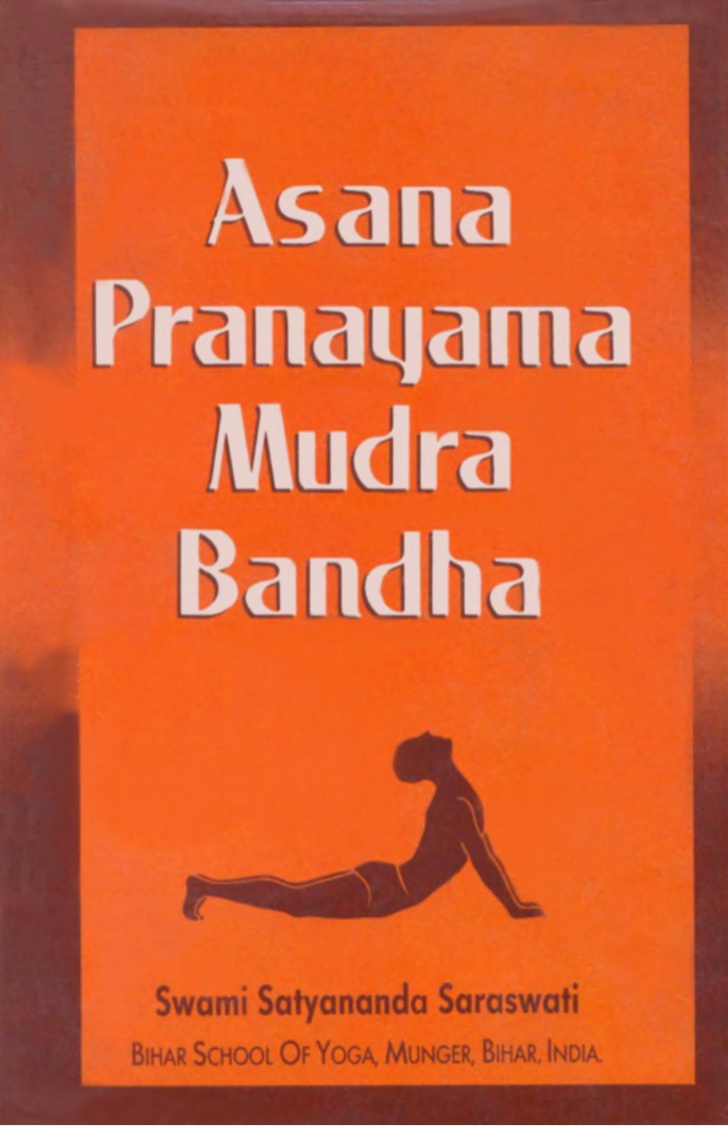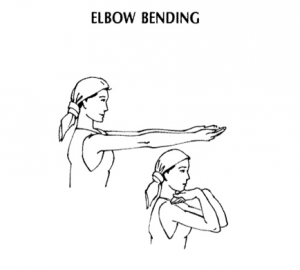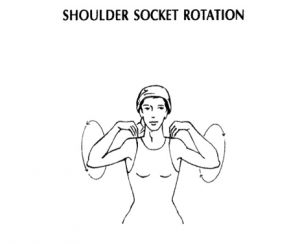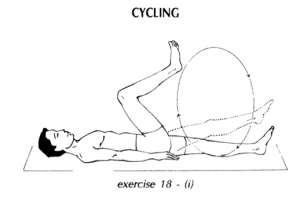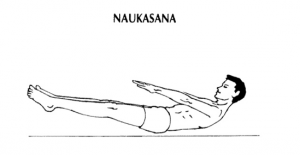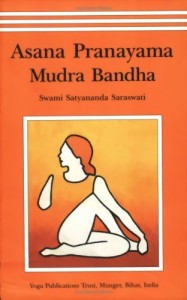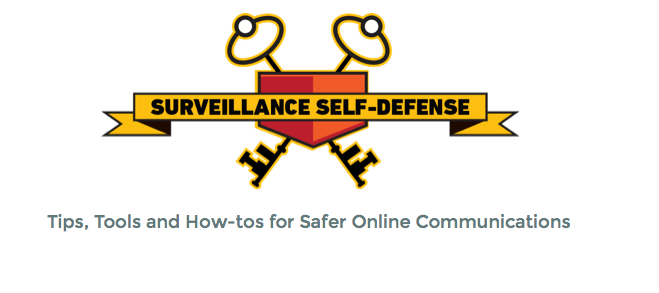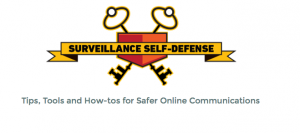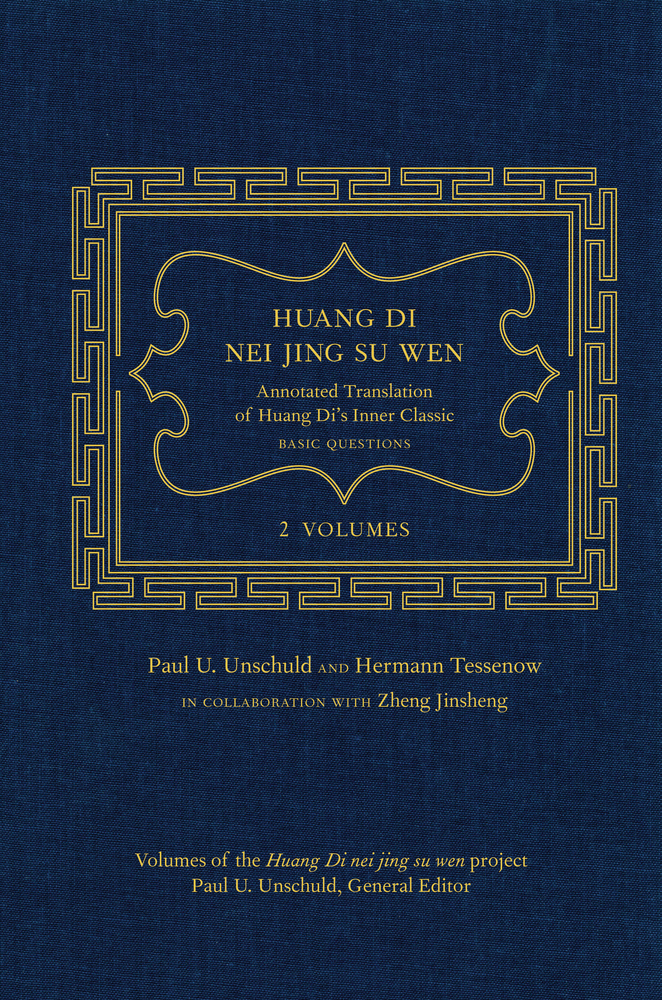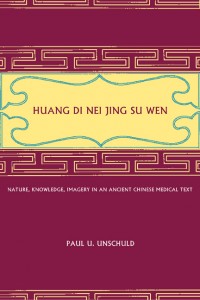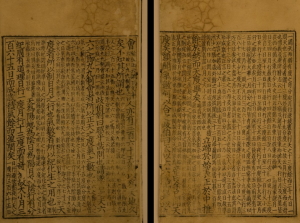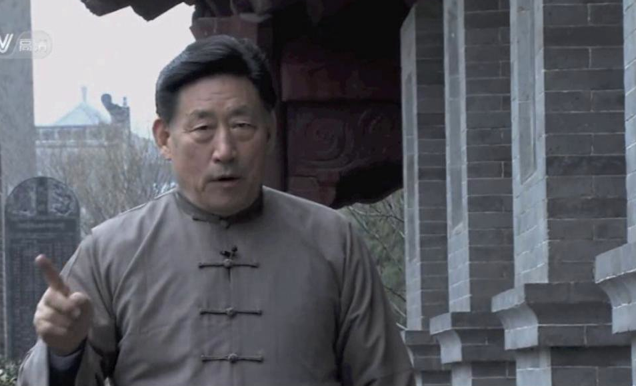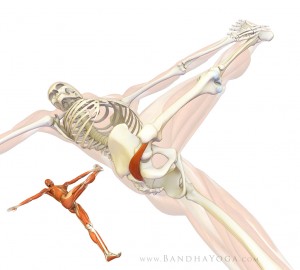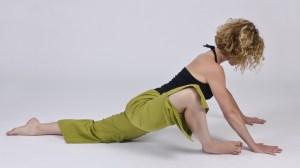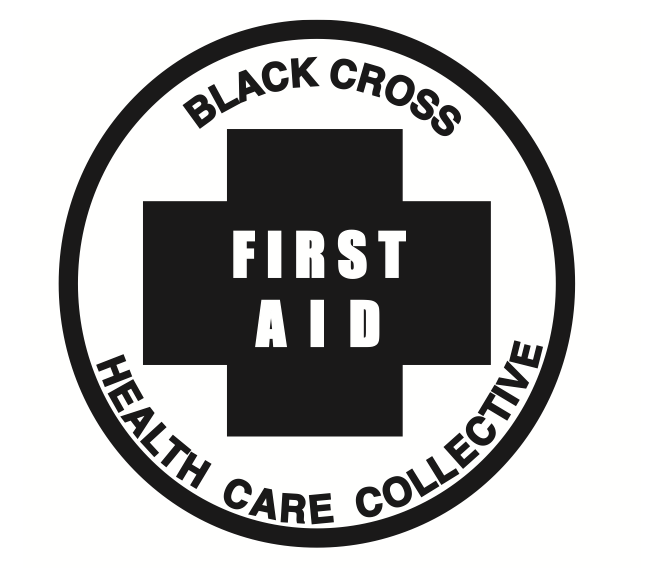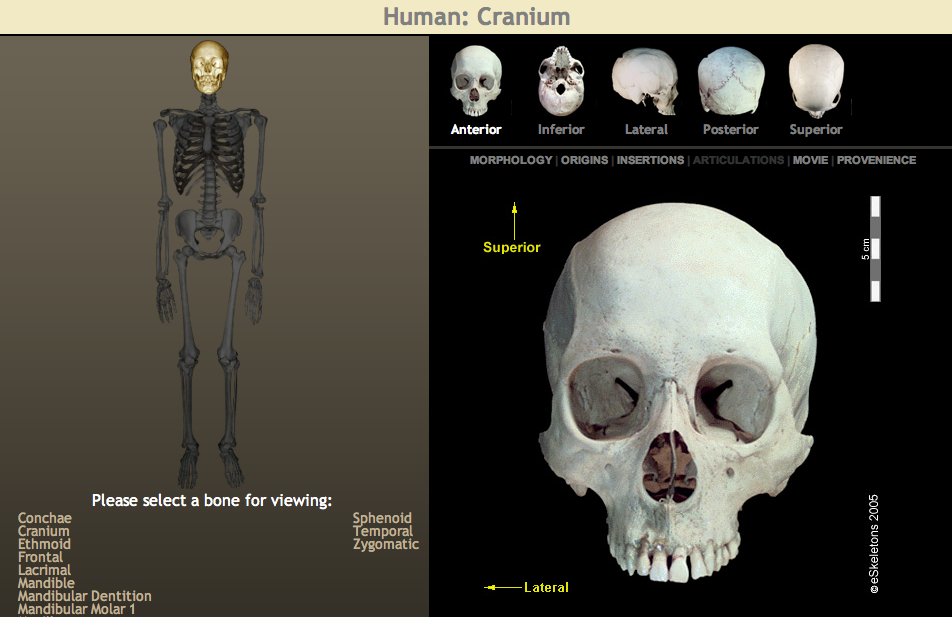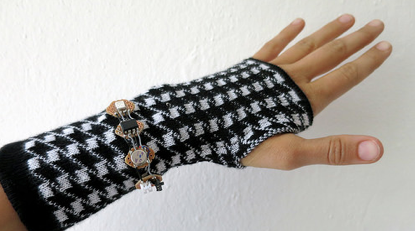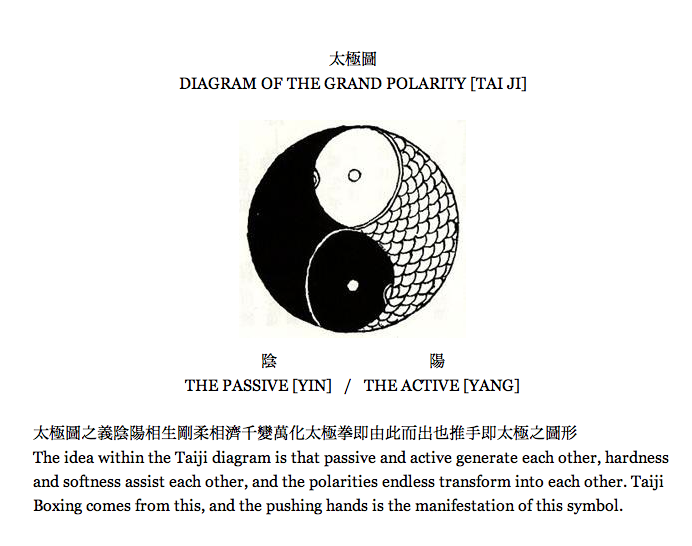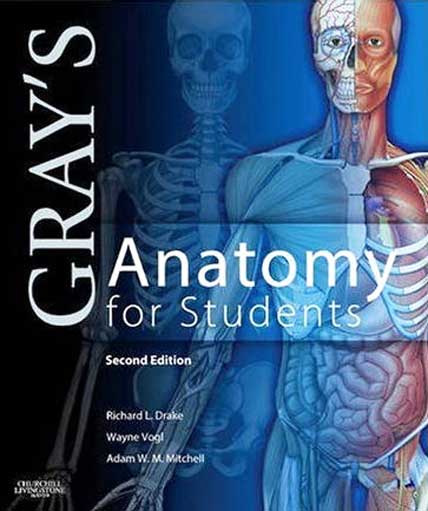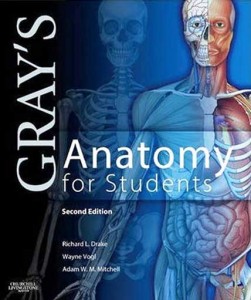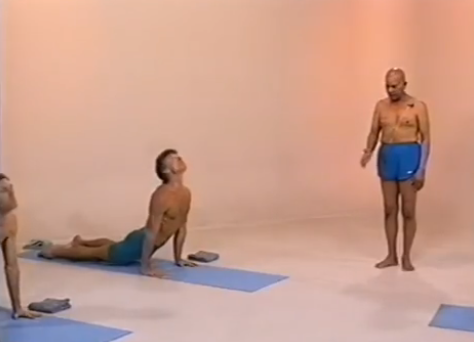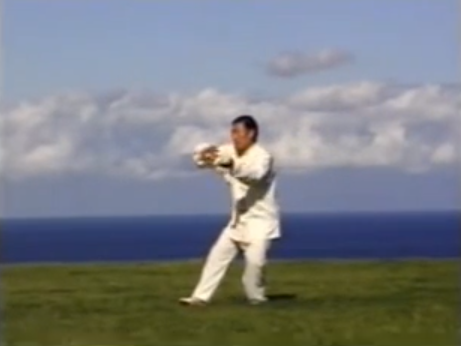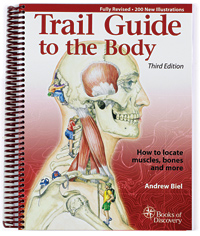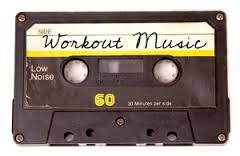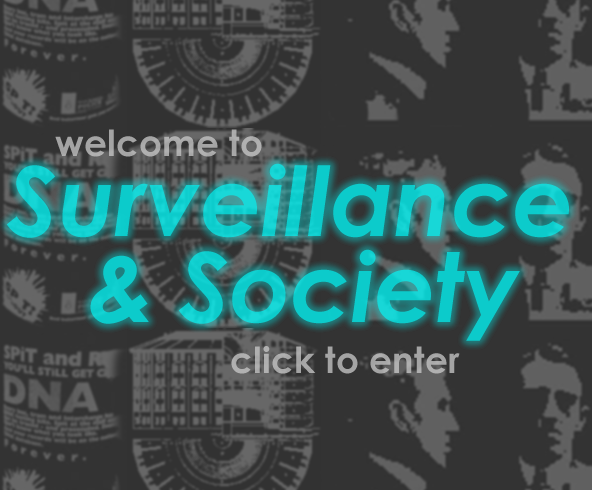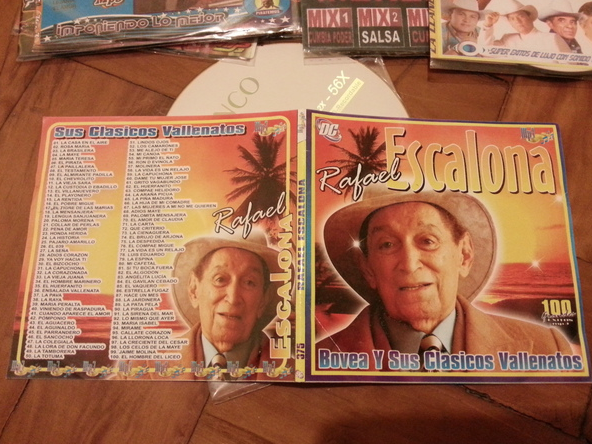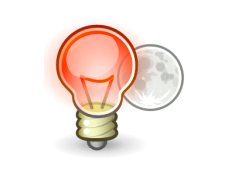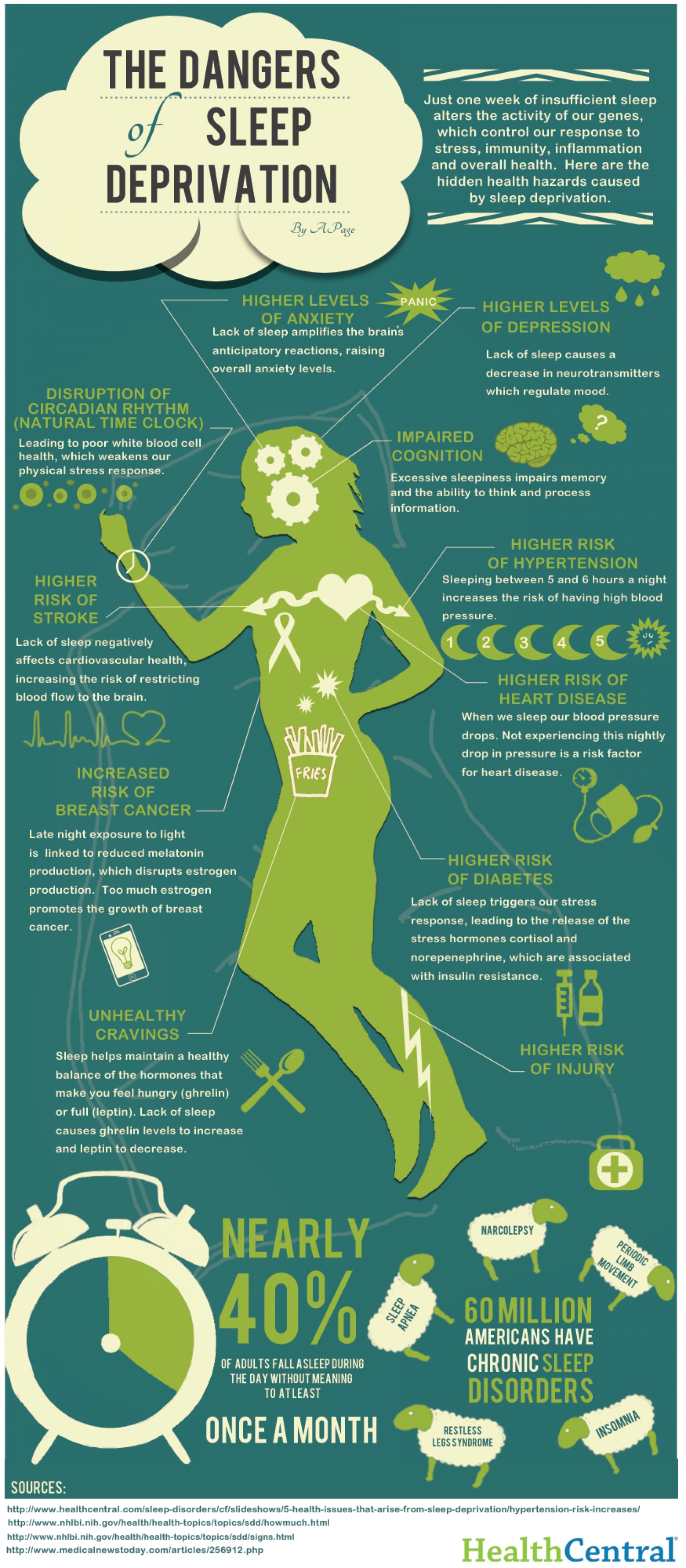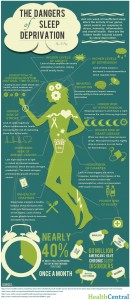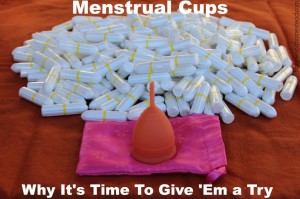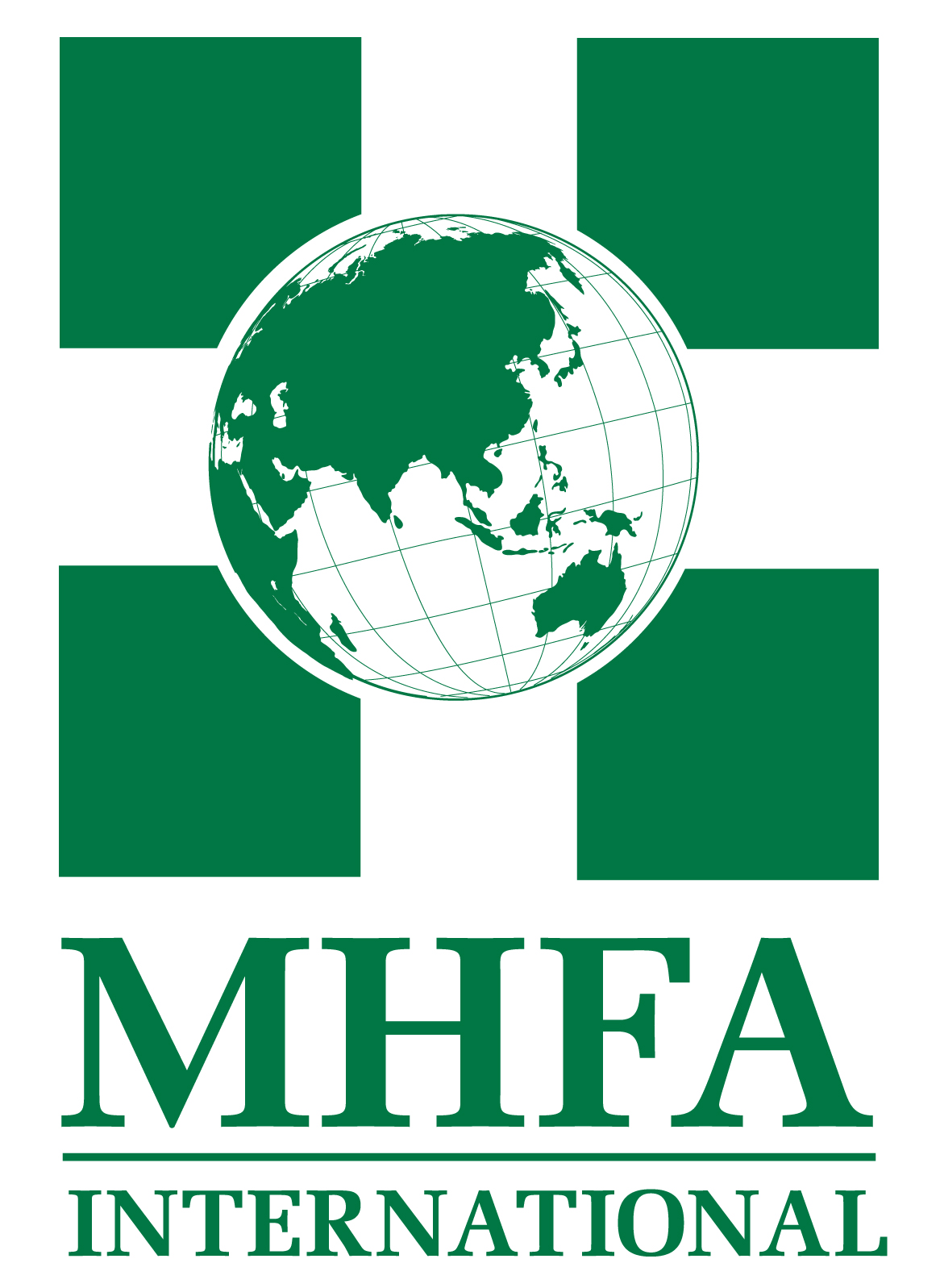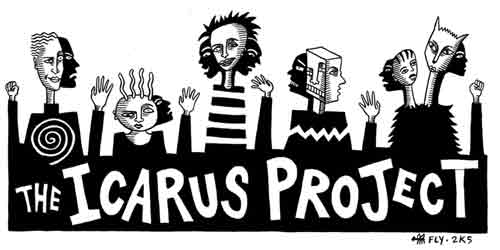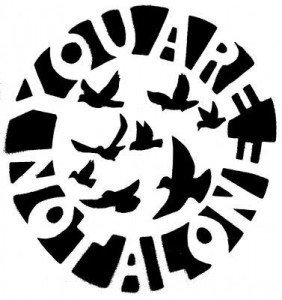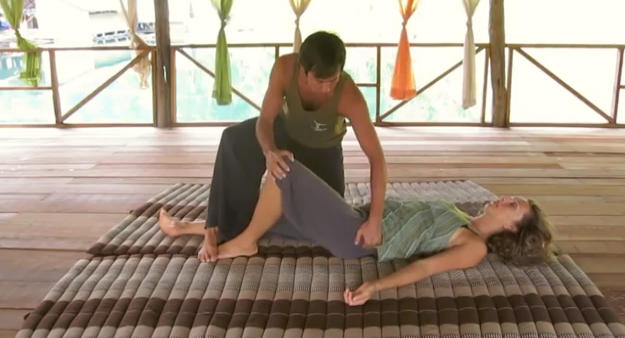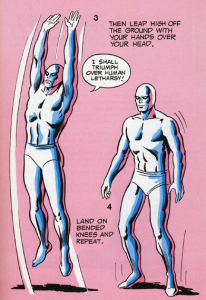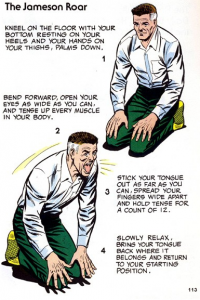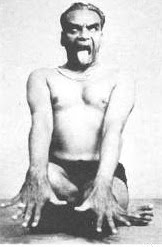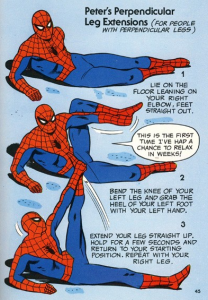Nice video here of Chen Xiaowang explaining and demonstrating some principles and characteristics of Chen family style taijiquan, extracted from a documentary for chinese television. Below is a transcript of the (sometimes approximate) english subtitles.
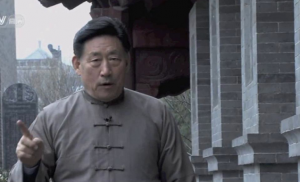
CHEN XIAOWANG CCTV EXTRACTS
(Transcript of english subtitles)
Chen Wangting (1600-1680)
Journalist:
Chen Wangting, from Chen village in Henan, building on the martial arts of his ancestors, studied famous Ming general Qi Jiguang’s and many internal fighting arts, integrated meridain theory, and confucian, daoist and traditional taiji yinyang teachings, created Chen style taijiquan and two person push-hands practice.
Four characteristics of Chen style taijiquan
Chen Xiaowang:
The first characteristic: movement spiraling and rotating, ‘chansi jin’ (reeling silk force). What is reeling silk force ? The jin which comes from silk reeling practice is reeling silk force. This spiraling, twisting way of moving is characteristic.
The second characteristic: Fast and slow alternate. Circle, slow. When circle arrives at straight, fast. Circular, lively movement. Light soft movement. At the (moment of) fajin it becomes straight. When doing fajin it is fast.
The third point: It preserves – cuan, beng, hao, yue (leap, bounce, jump, leap) teng, nuo, shan, zhan (soar, shift, dodge, open)
The fourth point: In the first form, soft spiraling movements dominate. But when this movement pattern is established, practice the second from, jump, leap… Soar, shift, dodge, open. Fast, faster than shaolin.
“Slowness is the obligatory path” (to “form the dantian as core”)
Journalist: Master Chen, we often see the form done slowly, so why when it is applied it is so fast ? How would you explain this ?
Chen Xiaowang: The slowness is to slowly form the dantian as core. One part moves, all move, connected from section to section, qi unbroken throughout – To arrive at this movement principle. Now this movement system, if you can adapt it to all circumstances then when the opponent attacks you convert his attacking speed into your movement power. E.g. If he suddenly pushes … I change. He can push me quickly I retain my calm (position). I use this movement system, the dantian as core. I don’t move, he attacks. Second, after the system is developed, adapting it to all circumstances is about not losing this core. You must proceed from the slowness, to reach slow but not scattered, fast but not chaotic. If there is not ‘slow but not scattered’, if there isn’t this construction, this movement system process, there cannot be the resulting speed. This is the obligatory path, from slowness.
“Relaxing is for coordination, harmony”
Chen Xiaowang: First of all, just relaxing is no good. E.g. This part, the position is not right. Can I relax ? No. First, correct the position. Only when the position is right can I relax.
Journalist: The position must be correct.
Chen Xiaowang: Yes, that’s the first point. Point two: relax how much ? Too much is also wrong. Relaxing is for coordination (harmony) to serve the movement principle. It is not ‘The more relaxed the better’.
Journalist: Is it true that too relaxed turns into slack ?
Chen Xiaowang: Right. This is called diu (losing, abandoning)
“Agility appears”
Chen Xiaowang:
So to put it simply this movement principle is the foundation. After establishing this movement principle, when error is reduced to a certain level, movements are coordinated with the inside, not using brute force, then agility appears.
“Chen Changxing’s 10 important points”
Journalist:
Chen Changxing’s 10 important points says:
When the upper part moves, the lower follows – When the lower moves, the upper leads – Upper and lower move, the middle responds – Middle moves, upper and lower harmonize – Hands move, waist moves, feet move, gaze follows – Only when upper and lower follow each other can we achieve taijiquan’s higher level requirements
“Dantian moves, hand moves, foot moves…”
Chen Xiaowang:
Hand, elbow, shoulder, chest, abdomen. Below is pelvis, knee, ankle, foot. If above and below can follow each other, you can achieve dantian as core: one moves all move, unbroken. So what does follow mean ? First, the right position. Maintain the dantian as core. When you move with dantian as core, it brings about lower and upper moving together. Dantian moves, hand moves, foot moves.”
“Different approaches for different angles of attack”
Journalist: Horizontal, vertical or sloping circles…
Chen Xiaowang: Yes, all appropriate for different angles of attacks, as necessary for striking. Sometimes the opponent strikes from the front: the arc should go this way. If he attacks from behind: shan (dodge) goes this way. From the left, this way. From the right, this way. Different approaches for different angles, to adapt to different attacks. This becomes front, back, left, right.
Journalist: So the opponent’s attack determines which circle I use ?
Chen Xiaowang: Correct.
“The difference between hard and stiff”
Chen Xiaowang:
So by gang (hard) we mean fajin. What is the difference between hard and stiff ? One part moves, all parts move, Qi is unbroken. Then it is gang (hard) strength (jin). e.g. I do a fajin movement. This jin from the dantian, compared with this one… Two different feelings… Hard jin is qi unbroken, flowing. Whole body strength as much as possible, concentrated into one point. That is gang jin.
“The characteristics of fajin (fali, emitting force)”
Chen Xiaowang:
The characteristics of fa li can be summarized: relax, lively, springy, shaking. These four words are hard to understand. The first step: get the body right. Before the fali, the whole body is relaxed. You mustn’t be over-relaxed. Every body part in the right position. For example, forearm and hand raised this much is enough. Using more force can obstruct the inner qi flow. In the wrong position, that is wrong too. So you need both the right position and not use to much force. This is the right amount of relaxation. With this precondition, with every part in the appropriate place, the dantian as core will naturally emerge. When you move, starting from the dantian to move the whole body, then its jin will have relaxed, lively, springy, shaking results. One hand, two hands, sideways, all the same.
Before fajin, you are relaxed. The fajin time, the shorter the better.
“The art of hard and soft”
Journalist:
Renowned taiji master Chen Xin wrote insightfully about this. The taiji practitioner, reaching hard and soft, and mixing them seamlessly. Hard and soft nature is like a spring. A spring’s pliability and toughness is soft, its springy vibration is hard. The soft is not floopy, the hard is not stiff. Taijiquan is the art of hard and soft.
Chen Xiaowang:
So ‘gang’ is fajin, and soft is slow movement, change movement. In hardness, softness, and in softness, hardness. Pure hardness, without soft, lacks coherence. Pure soft without hard, is empty. What happened there ? He threw a punch. First I deflected his attack. This deflection is ‘soft’.
Journalist: So you absorbed it, absorbed the force
Chen Xiaowang: Correct. This part is ‘soft subdues hard’. The down part is ‘store up and emit alternating’.
Journalist: The down part is ‘gang’
Chen Xiaowang: Yes, the change.The transforming part is ‘soft’ subdues ‘hard’. After subduing hard with soft comes ‘store’. Not like this, that way I’m gone. When he comes I store up. Downwards is store and release alternating. Store and release, mutually changing.
“Soft subdues soft”
Chen Xiaowang:
If the opponent doesn’t use force and I don’t use force, it depends on whose absorbing skill is better. If one person soft absorbing skill is good, he can feel his opponent’s changes and grasp the opponent’s core and fali. This is soft subdues soft. He is soft, I am even softer. If he comes very lightly, I can still lead him and change, soft subdues soft. If he softly listens to my force – you attack me. Then I first listen to his force then grasp his weak point. He is listening to my force. He is soft I am soft, I change, still soft, find his weak spot.
“Hard can subdue hard”
Chen Xiaowang: Sometimes both are fajin. Then it depends on who has better hard jin.
Journalist: But if both are hard, don’t you get blocking ?
Chen Xiaowang: If the opponent’s quality is poor, he will be thrown right out. Now he is using hard force. He fajin’ed, I did too.
Journalist: Yours was harder than his
Chen Xiaowang: Yes. A question of whose basic skills are better. One strong, one weak. It’s the same, hard can subdue hard.
“Many ways to control the opponent”
Journalist:
We can see taiji’s hard and soft needs close investigation. Soft does not always subdues hard, hard subdues hard, soft subdues soft, there are many ways to control the opponent. Taijiquan is like this, seemingly full of contradictions which can be perfectly resolved. Hard and soft, fast and slow are like this. Movement and stillness are also like this.
“Handle movement with stillness” and “Winning by surprise”
Chen Xiaowang:
Handle movement with stillness means feeling the opponent’s force as it comes. How does he come, from which direction ? Which angle ? Should I harmonize and change ? This is not a fixed rule, handle movement with stillness. If you also handle movement with stillness and I do too, if we both don’t move, that is no good. There is no opposition. So then there is winning by a surprise move. Find the opponent’s median line , weak spot, empty, weak point. You can attack first. You don’t have to handle movement with stillness. E.g. I push with (Chen) Bing . Step and close. Both waiting for the opponent to move. But here he is weak, here the qi is not enough. I see his center is here, I can take him down, suddenly attack. It is not always handle movement with stillness. Even if he doesn’t move, I can move.”
“Soft absorbing, hard emitting”
Chen Xiaowang:
So hard is fajin, everyone knows that. Soft is changing, not fajin. When the opponent uses jin we use soft means to change the opponent’s line of force. The opponent has come at my center. We change the direction of his force, change and dissolve his force. This is absorbing. When the opponent loses his balance, we strike with hard jin, attack the appropriate part. That is called soft absorbing, hard emitting. (Chen) Jun psuhes my center line. My core is here. His force doesn’t reach my center line. This process is called absorbing. If his force reaches here my hard force is here…I move like this..That is hard emitting. He wants to take my center – I change, redirecting his force direction. He heads off a different way, then he also loses his balance. The process of leading him is the process of storing energy. He loses his center, I store energy. And… Fali! Attack his weak spot. So the absorbing force becomes storing, so when he loses balance, fali.
Journalist: Then it’s an ’empty’ ‘full’ change
Chen Xiaowang: Correct. Don’t try to hit first. First you have to change and dissolve, maintain your own movement principle.
